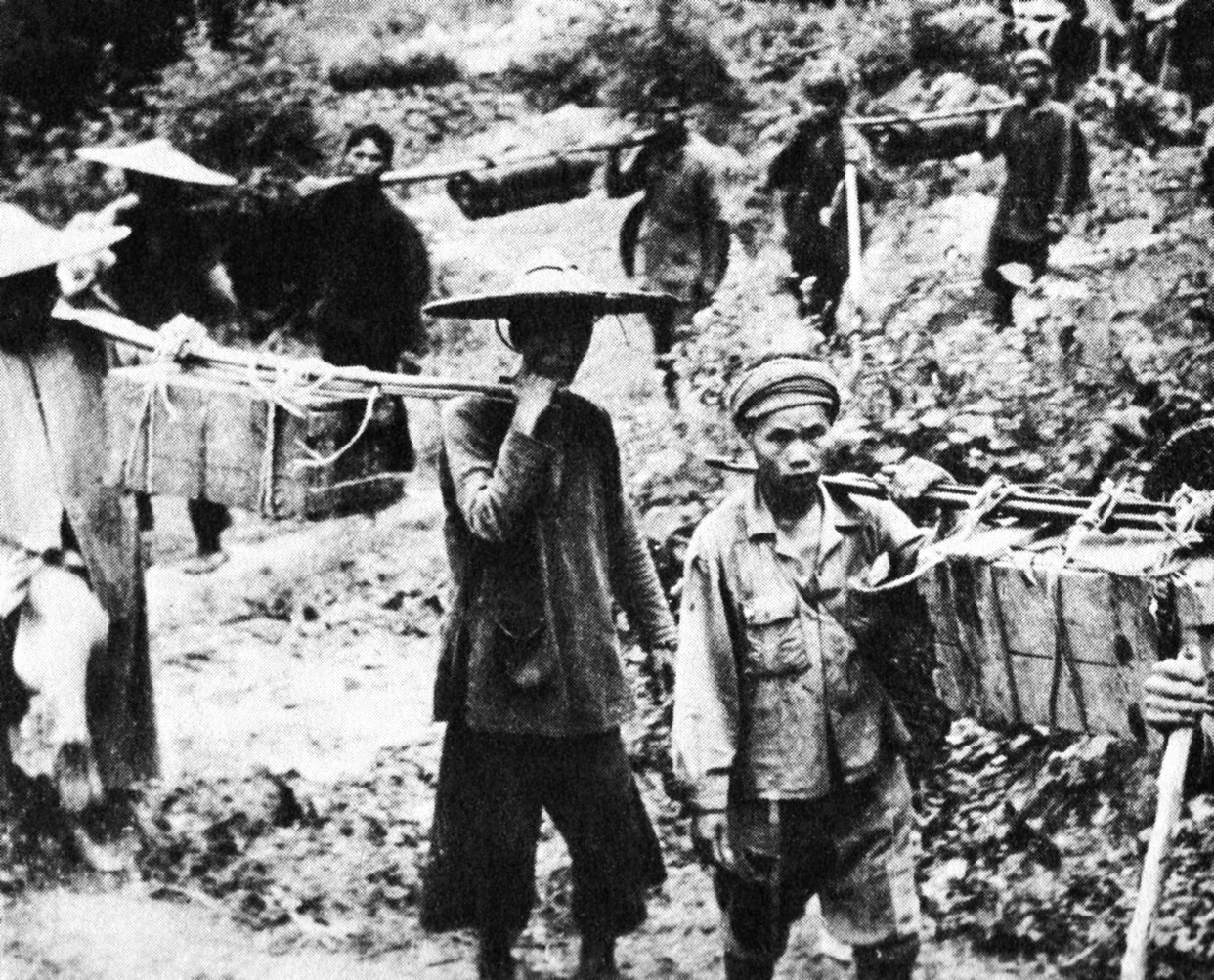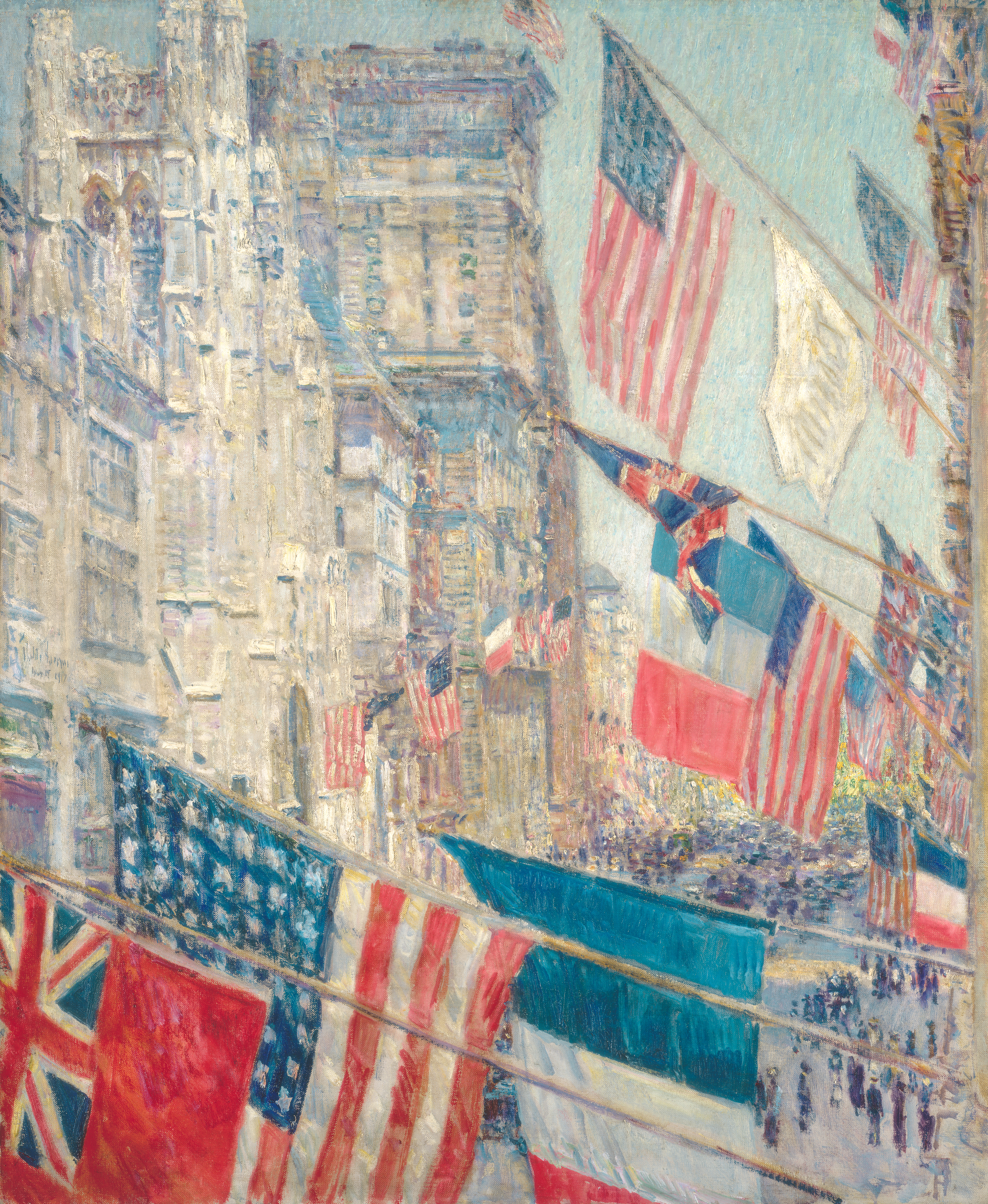|
Viet Cong
The Viet Cong (VC) was an epithet and umbrella term to refer to the communist-driven armed movement and united front organization in South Vietnam. It was formally organized as and led by the National Liberation Front of South Vietnam, and conducted military operations under the name of the Liberation Army of South Vietnam (LASV). The movement fought under the direction of North Vietnam against the South Vietnamese and United States governments during the Vietnam War. The organization had both guerrilla and regular army units, as well as a network of cadres who organized and mobilized peasants in the territory the VC controlled. During the war, communist fighters and some anti-war activists claimed that the VC was an insurgency indigenous to the South that represented the legitimate rights of people in South Vietnam, while the U.S. and South Vietnamese governments portrayed the group as a tool of North Vietnam. It was later conceded by the modern Vietnamese communist lead ... [...More Info...] [...Related Items...] OR: [Wikipedia] [Google] [Baidu] |
Republic Of South Vietnam
The Provisional Revolutionary Government of the Republic of South Vietnam (PRG, ), was formed on 8 June 1969, by the Democratic Republic of Vietnam (North Vietnam) as an armed underground government opposing the government of the Republic of Vietnam (South Vietnam) under President Nguyễn Văn Thiệu. Delegates of the National Liberation Front of South Vietnam (Viet Cong), as well as several smaller groups, participated in its creation. The PRG was recognized as the government of South Vietnam by most socialist states and Malta. It signed the 1973 Paris Peace Treaty as an independent entity, separate from both South Vietnam and North Vietnam. After the Fall of Saigon on 30 April 1975, the PRG formally replaced the Republic of Vietnam to become the nominal and representative government of South Vietnam under the official name Republic of South Vietnam (), inheriting all properties, rights, obligations and sovereignty representation of the Republic of Vietnam. On 2 July 1976 ... [...More Info...] [...Related Items...] OR: [Wikipedia] [Google] [Baidu] |
Vietnam War
The Vietnam War (1 November 1955 – 30 April 1975) was an armed conflict in Vietnam, Laos, and Cambodia fought between North Vietnam (Democratic Republic of Vietnam) and South Vietnam (Republic of Vietnam) and their allies. North Vietnam was supported by the Soviet Union and China, while South Vietnam was supported by the United States and other anti-communist nations. The conflict was the second of the Indochina wars and a proxy war of the Cold War between the Soviet Union and US. The Vietnam War was one of the postcolonial wars of national liberation, a theater in the Cold War, and a civil war, with civil warfare a defining feature from the outset. Direct United States in the Vietnam War, US military involvement escalated from 1965 until its withdrawal in 1973. The fighting spilled into the Laotian Civil War, Laotian and Cambodian Civil Wars, which ended with all three countries becoming Communism, communist in 1975. After the defeat of the French Union in the First Indoc ... [...More Info...] [...Related Items...] OR: [Wikipedia] [Google] [Baidu] |
Nguyễn Văn Linh
Nguyễn Văn Linh (; 1 July 1915 – 27 April 1998) was a Vietnamese revolutionary and politician. Nguyễn Văn Linh was the general secretary of the Communist Party of Vietnam from 1986 to 1991 and a political leader of the Vietcong during the Vietnam War. During his time in office, Linh was a strong advocate of " Đổi Mới" (renovation), an economic plan whose aim is to turn Vietnam economy to a socialist-oriented market economy. As such, Linh was often touted as the "Vietnamese Gorbachev" after the Soviet leader, who introduced ''Perestroika''.Stowe, Judy: "Obituary: Nguyễn Văn Linh". ''The Independent''. 28 April 1998. Nguyễn Văn Linh was born in Hưng Yên, a province in the North, but more than half of his life was associated with the South. He was arrested and imprisoned many times by the French colonialists. After 1945, Linh was assigned by the Party Committee to return to Saigon to lead two resistance wars against France and United States. In 1962, Linh wa ... [...More Info...] [...Related Items...] OR: [Wikipedia] [Google] [Baidu] |
Tây Ninh
Tây Ninh () is a provincial city in Southeastern Vietnam. It is the capital of Tây Ninh Province, which encompasses the town and much of the surrounding farmland. Tây Ninh is one of nine provinces and cities in the ''Southern Key Economic Region'' ( Ho Chi Minh City metropolitan area). Tây Ninh is approximately northwest of Ho Chi Minh City, the largest city of Vietnam, and 182 km (113 miles) to Phnom Penh, capital of Cambodia; all by National Route 22. As of 2019, the city had a population of 135,254 over the provincial population of 1,169,165 on a total area of . Tourist attractions The city is known for being the home of the Cao Dai religion, a syncretic Vietnamese faith that includes the teachings and practices of the major world religions. The Cao Dai religion's Holy Tower, built between 1933 and 1955, is located around to the east of Tay Ninh's city centre. Besides the Cao Dai Holy See, other tourist attractions include: * Black Virgin Mountain, the tallest mo ... [...More Info...] [...Related Items...] OR: [Wikipedia] [Google] [Baidu] |
Alliance Of National, Democratic And Peace Forces
An alliance is a relationship among people, groups, or states that have joined together for mutual benefit or to achieve some common purpose, whether or not an explicit agreement has been worked out among them. Members of an alliance are called allies. Alliances form in many settings, including political alliances, military alliances, and business alliances. When the term is used in the context of war or armed struggle, such associations may also be called allied powers, especially when discussing World War I or World War II. A formal military alliance is not required to be perceived as an ally—co-belligerence, fighting alongside someone, is enough. According to this usage, allies become so not when concluding an alliance treaty but when struck by war. When spelled with a capital "A", "Allies" usually denotes the countries who fought together against the Central Powers (German Empire, Austria-Hungary, and Ottoman Empire) in World War; I (the Allies of World War&n ... [...More Info...] [...Related Items...] OR: [Wikipedia] [Google] [Baidu] |
People's Revolutionary Party Of Vietnam
The People's Revolutionary Party of Vietnam (PRP; ) was a political party in South Vietnam established in 1962, being the counter-part of the Workers' Party of Vietnam in the Southern half of the Vietnamese territory to provide formal political leadership for the National Liberation Front countering the French-associated State of Vietnam and subsequently the US-backed Republic of Vietnam regimes. In 1976, following the communists' victory and the overthrowing of the South Vietnamese regime, the party was merged with the Workers' Party of Vietnam in North Vietnam to form the modern Communist Party of Vietnam. The PRP was founded on January 1, 1962. Its foundation was publicly announced by Radio Hanoi on January 18, 1962. Honey, P. J.. North Vietnam's Workers' Party and South Vietnam's People's Revolutionary Party', published in Pacific Affairs, Vol. 35, No. 4, (Winter, 1962–1963), pp. 375-383Blood, Jake. ''The Tet Effect: Intelligence and the Public Perception of War''. Rou ... [...More Info...] [...Related Items...] OR: [Wikipedia] [Google] [Baidu] |
Workers' Party Of Vietnam
This article describes the history of the Communist Party of Vietnam (CPV) (from 1930 to 1945, the Indochinese Communist Party) from its origins in the 1920s through to the consolidation of its position as the ruling party of a united Socialist Republic Vietnam after 1976. Thanh Niên The Communist Party of Vietnam (CPV) originated in 1925. In the spring of that year the young man born Nguyễn Sinh Cung—under the pseudonym Nguyễn Ái Quốc (Nguyen the Patriot) but best known as Hồ Chí Minh (Ho the Enlightened One)—established the Vietnamese Revolutionary Youth League (''Vietnamese:'' ''Việt Nam Thanh Niên Kách Mệnh Hội''—commonly: "Thanh Niên") a Communist political organization. Hồ Chí Minh had previously helped found the French Communist Party and had emerged as a leading anti-colonial advocate in the Communist International (Comintern). Thanh Nien sought to employ patriotism to end the colonial occupation of the country by France as well as tr ... [...More Info...] [...Related Items...] OR: [Wikipedia] [Google] [Baidu] |
Vietnamese Fatherland Front
The Vietnam Fatherland Front (VFF, alternatively Vietnamese Fatherland Front; ) is constitutionally an integral component in the political structure of the Socialist Republic of Vietnam and an umbrella group of mass movements and political coalition aligned with the Communist Party of Vietnam that dominates the National Assembly of Vietnam forming the Government of Vietnam and all recognised national socio-political organisations. It was founded in February 1977 by the merger of the Vietnam Fatherland Front of North Vietnam and the two so-called "Viet Cong" popular fronts, the National Liberation Front of South Vietnam and the Alliance of National, Democratic and Peace Forces, in South Vietnam. It is considered the modern incarnation of the League for the Independence of Vietnam (Viet Minh). It is an amalgamation of many smaller groups, including the Communist Party itself. Other groups that participated in the establishment of the Front are the Vietnam General Confederati ... [...More Info...] [...Related Items...] OR: [Wikipedia] [Google] [Baidu] |
University Of Richmond
The University of Richmond (UR or U of R) is a Private college, private Liberal arts colleges in the United States, liberal arts college in Richmond, Virginia, United States. It is a primarily undergraduate, residential institution with approximately 3,900 undergraduate and graduate students in five schools: the School of Arts and Sciences; the E. Claiborne Robins School of Business; the Jepson School of Leadership Studies; the University of Richmond School of Law; and the University of Richmond School of Professional & Continuing Studies, School of Professional & Continuing Studies. It is Carnegie Classification of Institutions of Higher Education, classified among "Baccalaureate Colleges: Arts & Sciences Focus". History The University of Richmond traces its history to a meeting of the Baptist General Association of Virginia held on June 8, 1830. The BGAV resolved "that the Baptists of this State form an education society for the improvement of the ministry." Thus, the Virginia ... [...More Info...] [...Related Items...] OR: [Wikipedia] [Google] [Baidu] |
Trương Như Tảng
Trương Như Tảng (14 November 1923 – 8 November 2005) was a South Vietnamese lawyer and politician. He was active in many anti-South Vietnam organizations before joining the newly created Provisional Revolutionary Government of the Republic of South Vietnam as the Minister of Justice. He spent many years in the jungles near and in Cambodia until the Fall of Saigon in 1975. He quickly became disillusioned with the new government and escaped the reunited Socialist Republic of Vietnam via a boat in August 1978. He was sent to a refugee camp in Indonesia before moving to Paris, France, to live out his life in exile. Early life Tảng grew up in Saigon as one of six sons of a rich father who owned a rubber plantation and a printing house and taught ("for pleasure") at the Collège Chasseloup-Laubat; since his father intended him to be a pharmacist, after studying (exclusively in French) at the Collège Chasseloup-Laubat, Tảng was sent to Hanoi University for a year and then ... [...More Info...] [...Related Items...] OR: [Wikipedia] [Google] [Baidu] |




